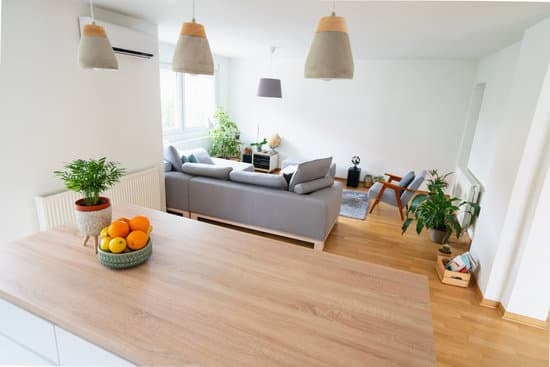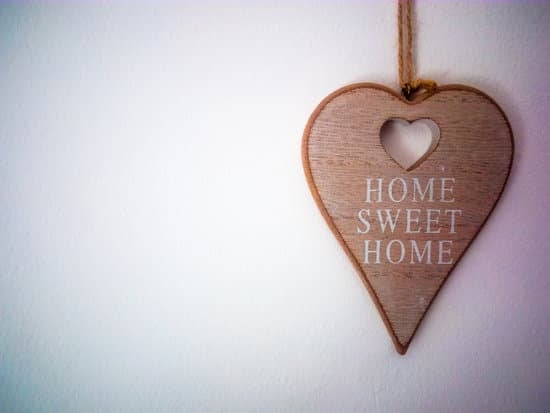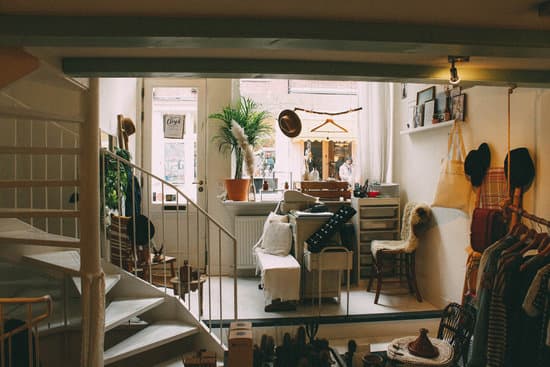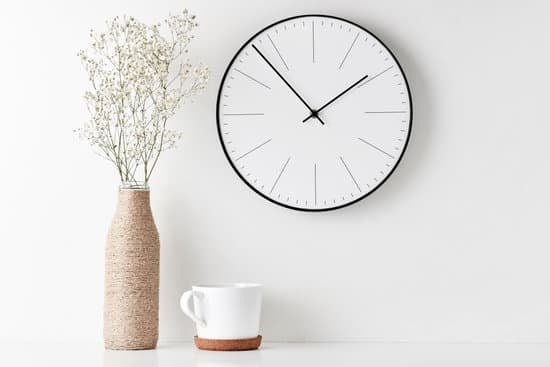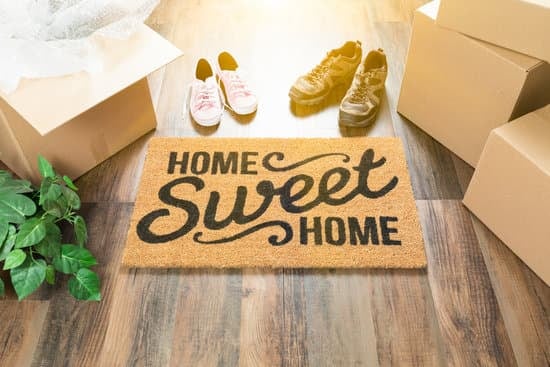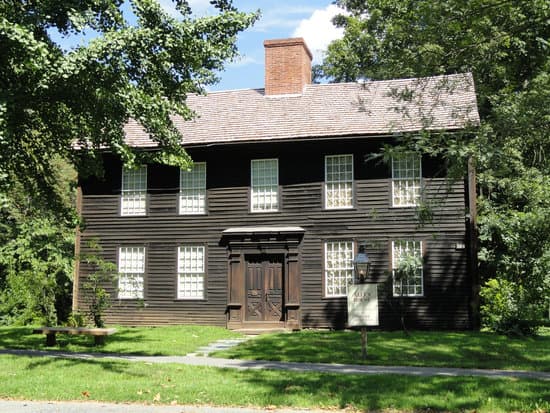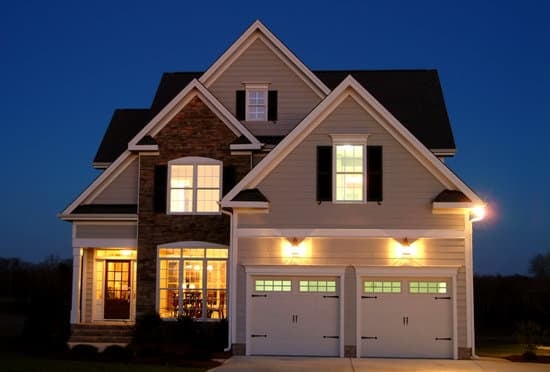The durability of log cabin homes
Log cabin homes have been around for centuries and have stood the test of time. They are known for their durability and can last for several decades, or even centuries, if maintained properly. These homes are made of solid logs that are stacked on top of one another and interlocked at the corners. This design makes log cabins resistant to harsh weather conditions, including strong winds and heavy snowfalls. Log cabins are also resistant to insects and rot, which are common issues that affect the lifespan of traditional homes. The thickness of the logs provides natural insulation, making log cabins energy-efficient and cost-effective in the long run. So, if you’re considering living in a log cabin home, you can rest assured that it will last and remain sturdy for many years to come.Proper maintenance for long-lasting log cabins
While log cabins are known for their durability, they still require regular maintenance and care to ensure their longevity. Here are a few tips on how to maintain your log cabin home:- Inspect logs and foundation regularly for signs of wear and tear
- Keep the logs clean and free of debris to prevent moisture buildup
- Refinish or reseal the logs every few years to protect them from the elements
- Make sure the gutters and downspouts are functioning properly to prevent water damage
- Check the roof for leaks or damage
Factors affecting the lifespan of a log cabin
Several factors can affect the lifespan of a log cabin home. Here are a few:- Location – log cabins located in areas with harsh weather conditions may have a shorter lifespan
- Exposure – homes that are exposed to direct sunlight or high humidity levels may experience more wear and tear
- Quality of materials – log cabins made of high-quality materials will last longer than those made of lesser quality materials
- Construction – Log cabins that are well constructed will last longer than those that are not
Types of wood used in log cabins and their durability
The type of wood used in a log cabin can also affect its durability. Here are a few types of wood used in log cabins and their durability: Pine: Pine is a popular choice for log cabins due to its availability and affordability. However, pine is a softwood and can be prone to wear and tear over time. Cedar: Cedar is a popular choice for log cabins due to its natural resistance to insects and rot. It is also lightweight and easy to work with, making it a favorite among builders. Spruce: Spruce is a dense and strong softwood that is commonly used in log cabins. It is resistant to decay and insect damage and is a good choice for areas with harsh weather conditions.Common issues that affect the lifespan of log cabins
While log cabins are durable, there are still common issues that may affect their lifespan. Here are some of them:- Moisture buildup – when moisture accumulates in the logs, it can cause rot and decay
- Settling – over time, log cabins may settle and cause structural issues
- Insect infestation – log cabins may attract ants, termites, and other insects that can cause damage to the logs
- Weathering – harsh weather conditions can cause wear and tear on the logs over time
Importance of regular inspections for log cabins
Regular inspections are essential to keeping your log cabin home in good condition and prolonging its lifespan. Inspections can help identify issues early on before they become major problems. It is recommended to inspect your log cabin at least once a year, or more frequently if you live in an area with harsh weather conditions. A professional inspector can help identify issues and recommend the proper course of action to address them.Sustainable and eco-friendly aspects of log cabins
Log cabins are also an excellent choice for those looking for sustainable and eco-friendly housing options. Here are a few reasons why:- Logs are a renewable resource and can be sourced sustainably
- Log cabins are energy-efficient and cost-effective in the long run due to the natural insulation provided by the thick logs
- Log cabins require less maintenance and repairs compared to traditional homes, reducing waste and environmental impact
- Log cabins can be designed to be off-grid and powered by renewable energy sources such as solar and wind power




